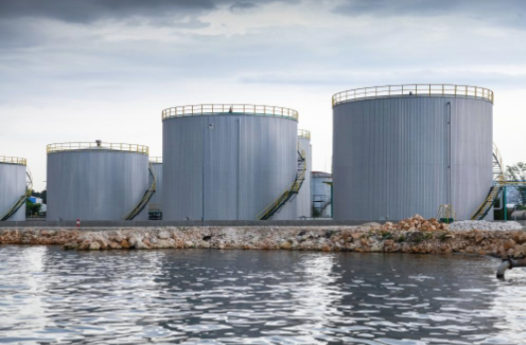Fuel cell stocks have become the talk of the town. What’s fueling this enthusiasm?
Hydrogen fuel cells have recently garnered lots of interest from policymakers, environmental bodies, companies, and retail investors. That has driven stocks of fuel cell companies, including Plug Power (NASDAQ:PLUG) and FuelCell Energy (NASDAQ:FCEL), to astronomical highs in the last couple of years. Investors looking for multibagger returns jumped onto the hydrogen bandwagon, adding to the momentum in these stocks. However, with the market realizing the many risks that fuel cell companies face, these stocks have seen a major correction in the last few weeks.
But what’s behind the excitement? Let’s take a closer look at the factors fueling the enthusiasm for hydrogen and fuel cells.
Europe’s push for clean energy
In 2018, the European Union came out with a strategic vision for promoting hydrogen as a fuel. It envisioned as much as 14% of Europe’s energy coming from hydrogen by 2050. Europe has been advancing the use of clean energy for decades. In addition to climate change concerns, a key factor behind the union’s push for clean energy is its dependence on oil and gas imports.
The European Union, excluding the UK, spends more than $250 billion each year on fossil fuel imports. Moreover, Russia accounts for nearly 40% of all the natural gas and 26% of all the petroleum imports into the EU. The union thus realizes the importance of developing renewable energy sources internally to reduce this dependence as well as create local jobs. That’s one of the reasons fuel cell companies such as Plug Power are finding attractive partnership opportunities in the European region.
With the development of shale plays, things on the energy front aren’t as pressing for the U.S. However, hydrogen offers several benefits, making it a promising fuel for meeting global energy needs. Though hydrogen as a fuel has been around for decades, the falling costs of renewable energy generation have now made economically viable green hydrogen a real possibility.
Uses and advantages of hydrogen fuel cells
The easiest way to use hydrogen as a fuel is to blend it with natural gas. Existing natural gas transport infrastructure can support the transport of gas blended with a small fraction of hydrogen. Another major use of hydrogen as a fuel is in the transport segment. This requires energy storage using fuel cells. A fuel cell uses hydrogen to produce electricity that can be used to power vehicles. As the only by-product of this process is water, it is a very environmentally friendly way to generate power — a key advantage of hydrogen fuel cells over gasoline or diesel-powered vehicles.
Further, fuel cells tend to be more compact and recharge faster than batteries. That gives fuel cells an edge over batteries, especially for large vehicles such as trucks. Moreover, in the shipping and aviation segments, where the use of batteries is not feasible, hydrogen fuel cells can be a great low-carbon option. In stationary power generation, too, the excess power can be used to generate hydrogen, through electrolysis, to store for future use. Electrolysis involves breaking water into hydrogen and oxygen using electricity.
Hydrogen fuel cells are thus seen as having a key role in the future energy mix. However, they are not without limitations.
Risks and limitations of fuel cells
First and foremost, using electrolysis to produce hydrogen and then using it again to produce electricity causes significant energy losses. Current battery technology is more energy-efficient. Hydrogen storage and transport also need to be done at low temperatures and high pressure, which itself requires substantial energy. Hydrogen’s highly combustible nature adds to the challenges in its storage and transport.
Another key limitation in the use of hydrogen fuel cells in the mobility sector is the limited availability of supporting infrastructure, such as filling stations. At the end of 2019, only 25,210 fuel cell electric vehicles were in use globally compared to 7.2 million battery electric vehicles. Similarly, there were only 470 hydrogen refueling stations worldwide at the end of 2019. In comparison, there were 0.8 million electric chargers, excluding 6.5 million private, slow chargers used mainly in homes. Higher penetration of battery-powered electric vehicles means that the incentive to develop infrastructure to support the development of fuel cells isn’t high. That may significantly limit the future adoption of fuel cells in transport applications.
In addition to the above risks, fuel cell stocks such as Plug Power and FuelCell Energy face several company-specific problems such as high customer concentration and persistent losses. For that reason, despite the attention these stocks are getting, it would be wise to exercise caution while deciding to invest in them.
The Motley Fool, by Rekha Khandelwal, March 26, 2021

